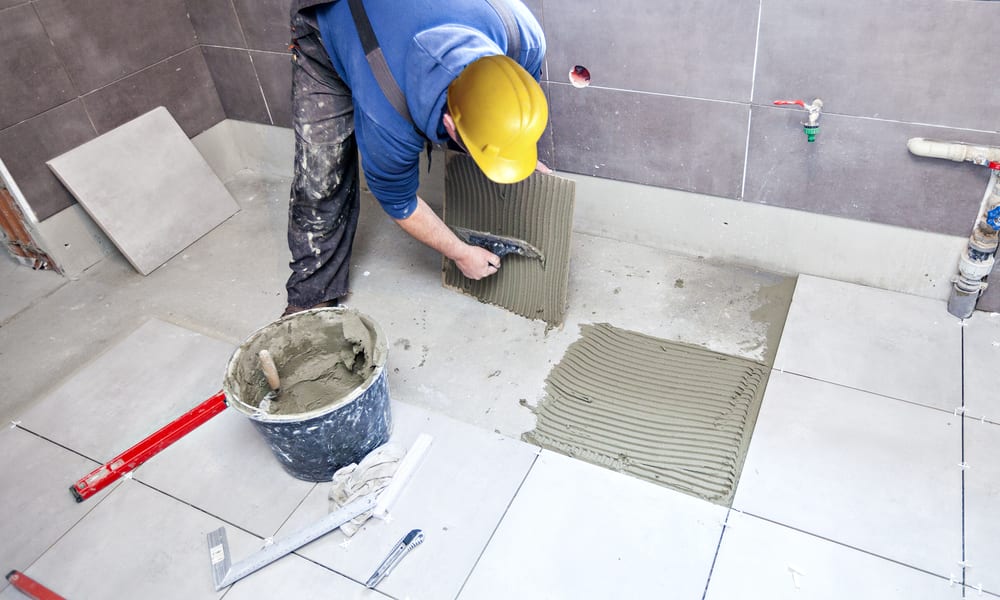The Complete Guide to Bathroom Wall Panels: Types, Trends, and Smart Choices
Bathroom wall panels have revolutionized modern bathroom design, offering a practical and stylish alternative to traditional tiling. These versatile wall coverings combine durability with aesthetic appeal, making them increasingly popular among homeowners seeking hassle-free bathroom solutions. Whether you're planning a complete renovation or updating your existing space, understanding the various aspects of bathroom wall panels is essential for making an informed decision.

What Are Bathroom Wall Panels and Their Benefits?
Bathroom wall panels are waterproof sheet materials designed specifically for wet environments. Unlike traditional tiles that require individual placement and grouting, these panels come in large sections that cover significant wall areas with minimal seams. The primary appeal lies in their practical advantages: they’re 100% waterproof, incredibly easy to clean, and require virtually no maintenance compared to traditional tiled surfaces.
The benefits extend beyond mere practicality. With bathroom wall panels, you can say goodbye to tedious grout cleaning and mold issues that plague traditional tiled walls. Installation is remarkably straightforward, often possible as a DIY project with basic tools, making them ideal for quick bathroom transformations. The seamless appearance creates a cleaner, more spacious visual effect, especially in smaller bathrooms. Additionally, many modern panels offer excellent insulation properties, potentially improving your bathroom’s energy efficiency.
For renovation enthusiasts, perhaps the most compelling advantage is the speed of installation. A complete bathroom transformation that might take days or weeks with traditional tiling can often be completed in just hours with wall panels, minimizing disruption to your household routine.
Which Types of Bathroom Wall Panels Are Available?
The market offers an impressive variety of bathroom wall panel options to suit different aesthetics, budgets, and functional requirements:
PVC Wall Panels represent the most affordable option. Lightweight and completely waterproof, these synthetic panels come in countless colors and patterns. While budget-friendly, premium PVC panels can convincingly mimic natural materials like marble or stone. Their lightweight nature makes installation particularly straightforward, even for DIY enthusiasts.
Acrylic Wall Panels deliver a high-gloss, reflective finish that adds depth and brightness to bathrooms. These mid-range panels are known for their impressive durability and resistance to impacts. Available in solid colors or with metallic effects, they create a contemporary, luxurious appearance that works particularly well in modern bathroom designs.
Laminate Wall Panels combine durability with visual versatility. With a robust core material covered by decorative laminate layers, these panels can authentically reproduce the appearance of materials like wood, stone, or concrete. Their multi-layer construction provides excellent moisture resistance while maintaining a realistic texture and appearance.
Stone Composite Panels represent the premium segment, offering the most convincing natural stone appearance. Made from a blend of crushed natural stone and resins, these panels deliver exceptional durability while requiring just a fraction of the maintenance of real stone. Though more expensive, they provide unmatched authenticity for luxury bathroom designs.
Timber-Effect Panels bring warmth to bathroom spaces without the maintenance issues of real wood. These specially engineered panels can withstand bathroom humidity while maintaining the visual charm of natural wooden surfaces, offering a perfect compromise between aesthetics and practicality.
What Should You Consider Before Purchasing Wall Panels?
Selecting the right bathroom wall panels requires careful consideration of several key factors to ensure satisfaction with your investment:
Room Dimensions and Panel Sizing should be your initial focus. Measuring your bathroom accurately helps determine how many panels you’ll need and identifies potential installation challenges. Most panels come in standard sizes, and understanding how these dimensions interact with your bathroom’s measurements can minimize waste and unnecessary cuts during installation.
Installation Method varies between panel types and brands. Some feature simple tongue-and-groove systems ideal for DIY installation, while others may require adhesives or specialized mounting systems. Consider your comfort level with installation tasks or budget for professional installation if the system seems complex.
Moisture Resistance Ratings indicate how well panels will perform in particularly wet areas like shower enclosures. Look for panels with high waterproof ratings for shower zones, while slightly lower-rated options might suffice for general bathroom walls. This targeted approach can optimize your budget while ensuring appropriate performance throughout the bathroom.
Design Consistency with your existing bathroom elements is crucial. Consider how your chosen panels will complement existing fixtures, flooring, and accessories. Many manufacturers offer sample services, allowing you to see how different panel options look alongside your actual bathroom components before committing to a full purchase.
Longevity and Warranty provide insight into expected performance. Quality panels typically come with warranties ranging from 10-25 years, reflecting the manufacturer’s confidence in their product. This long-term perspective helps justify the initial investment when compared to potential future renovation costs.
What Are the Latest Trends in Bathroom Wall Panels?
Bathroom wall panel design continues to evolve, with several notable trends shaping current market offerings:
Large-format panels have gained substantial popularity, minimizing visible seams for a more cohesive appearance. These expansive panels create cleaner visual lines and reduce potential water ingress points, enhancing both aesthetics and functionality.
Textured finishes represent a significant departure from earlier smooth-surfaced panels. Today’s options include subtle stone textures, wood grain effects, and even three-dimensional geometric patterns that add visual interest and tactile appeal to bathroom walls.
Sustainable materials have entered the wall panel market, with eco-friendly options made from recycled materials or manufactured using environmentally responsible processes. These panels appeal to environmentally conscious consumers without compromising on performance or visual appeal.
Digital printing technology has revolutionized design possibilities, enabling photo-realistic reproduction of virtually any image or pattern on panel surfaces. This advancement allows for customized bathroom environments featuring nature scenes, artistic patterns, or completely bespoke designs tailored to individual preferences.
What Are the Costs Associated with Bathroom Wall Panels?
The price of bathroom wall panels varies significantly based on material, quality, and design complexity. Understanding this cost spectrum helps align expectations with budget realities.
| Panel Type | Average Price Range (per sq. ft.) | Installation Complexity | Typical Lifespan |
|---|---|---|---|
| PVC Panels | $3-$7 | Low (DIY-friendly) | 10-15 years |
| Acrylic Panels | $8-$25 | Medium | 15-20 years |
| Laminate Panels | $6-$15 | Medium | 15-20 years |
| Stone Composite | $15-$40 | Medium-High | 20+ years |
| Timber-Effect | $10-$30 | Medium | 15-20 years |
Prices, rates, or cost estimates mentioned in this article are based on the latest available information but may change over time. Independent research is advised before making financial decisions.
Beyond material costs, installation expenses should be factored into your budget. While DIY installation can save considerably on labor costs, professional installation ensures optimal performance and typically ranges from $4-$8 per square foot depending on complexity and location. Additional considerations include any necessary substrate preparation, trim pieces, and sealants that might add to the overall project cost.
When evaluating cost-effectiveness, consider long-term value rather than just upfront expenses. Premium panels typically offer longer lifespans and better resistance to damage, potentially providing better value despite higher initial costs. Additionally, the reduced maintenance requirements of wall panels compared to traditional tiling represent ongoing savings in cleaning products and time investment.
Bathroom wall panels represent a practical, versatile solution for modern bathrooms, offering impressive performance with minimal maintenance requirements. By understanding the various types available, considering key factors before purchase, and staying informed about current trends and costs, you can select panels that perfectly balance your aesthetic preferences, practical needs, and budget constraints for a bathroom that remains beautiful and functional for years to come.




